
AeroGenie: il tuo copilota intelligente.
Tendenze
Categories
Bell Unveils First Aircraft with Folding Rotors and Jet Engines
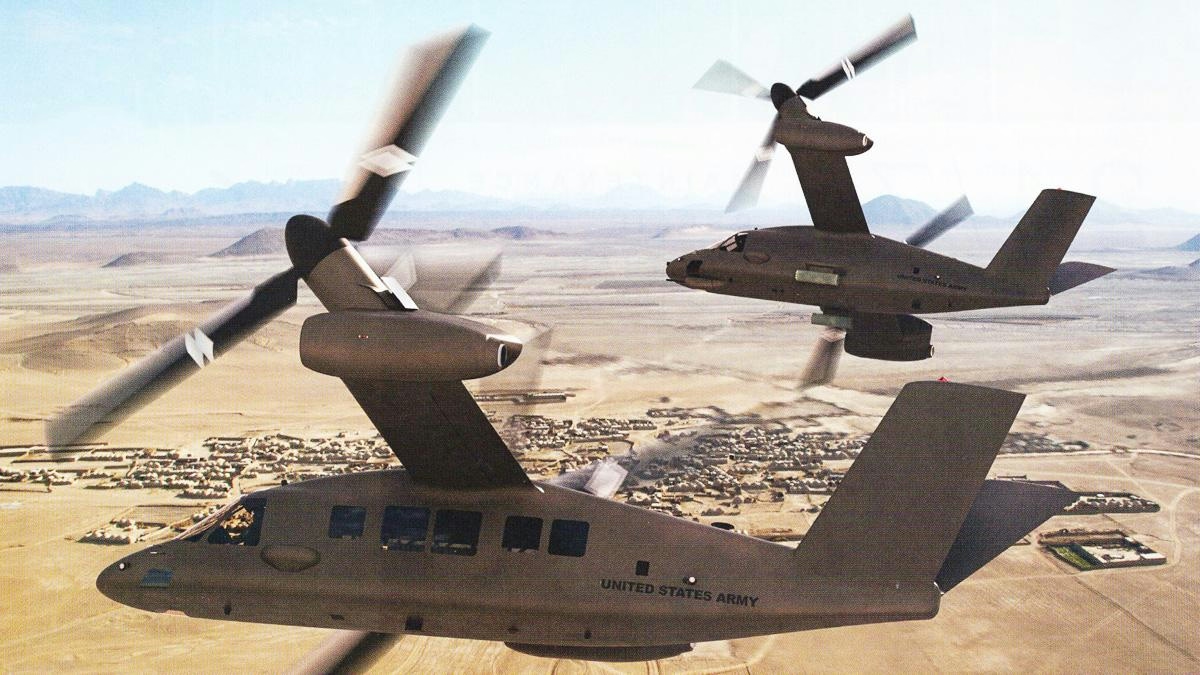
Bell Unveils First Aircraft Featuring Folding Rotors and Jet Engines
Bell Textron has introduced a groundbreaking aircraft that integrates folding rotors with jet engines, marking a significant advancement in military aviation. Developed under the Defense Advanced Research Projects Agency (DARPA)’s Speed and Runway Independent Technologies (SPRINT) program, this experimental X-plane is designed to combine the vertical takeoff capabilities of a helicopter with the high-speed cruise performance of a jet. This innovative design addresses a longstanding challenge in aerospace engineering by enabling vertical lift without compromising velocity.
Innovation in Vertical Lift and High-Speed Flight
Initiated in 2023, DARPA’s SPRINT program aims to develop an aircraft capable of vertical takeoff and landing (VTOL) while achieving speeds traditionally unattainable by helicopters. Conventional helicopters, though versatile, are limited in speed, and fixed-wing aircraft require runways for operation. Bell’s design targets a top speed of 518 miles per hour, significantly exceeding the velocity of the fastest helicopters. This is achieved by employing large rotors that provide lift during takeoff and then fold away mid-flight, allowing jet engines to propel the aircraft forward at high speeds.
The folding rotor system has undergone successful wind tunnel testing at Holloman Air Force Base and Wichita State University’s National Institute for Aviation Research. Beyond enabling rapid transition from vertical lift to forward flight, the system is engineered to minimize downwash and reduce radar signature, offering critical advantages for stealth operations. This approach not only eliminates the need for runways in contested environments but also enhances operational flexibility across a range of mission profiles.
Technical Challenges and Regulatory Considerations
Despite the promise of this technology, Bell faces considerable engineering and safety challenges before the aircraft can enter operational service. The integration of folding rotors with jet propulsion involves complex mechanical and aerodynamic systems that must function reliably under demanding conditions. Regulatory approval will be a pivotal hurdle, with agencies such as the National Transportation Safety Board (NTSB) expected to conduct rigorous evaluations of the aircraft’s novel features and transition mechanisms.
The competitive landscape is intensifying as other manufacturers advance their own propulsion technologies. For instance, Safran continues to develop the M88 engine used in the Dassault Rafale, reflecting broader industry efforts to enhance high-performance aircraft capabilities. Bell’s breakthrough is likely to accelerate development efforts among rivals, potentially prompting strategic partnerships or new ventures focused on VTOL and high-speed flight platforms.
Market Implications and Future Development
The defense sector has expressed strong interest in the aircraft’s potential for rapid deployment and versatile operations. Meanwhile, commercial aviation stakeholders are monitoring progress closely, though widespread adoption will depend on demonstrating safety, reliability, and cost-effectiveness. Bell’s scalable design suggests applications beyond military use, with potential influence on urban air mobility solutions and emergency response vehicles.
Currently, Bell Textron is in Phase 2 of the SPRINT program, concentrating on prototype construction and ground testing. Success in this phase will lead to Phase 3, which involves the aircraft’s first flight. While DARPA’s primary objective remains technology development rather than mass production, Bell’s ambitions indicate that this innovation could herald a new era in aviation, blurring the traditional boundaries between helicopters and jets.
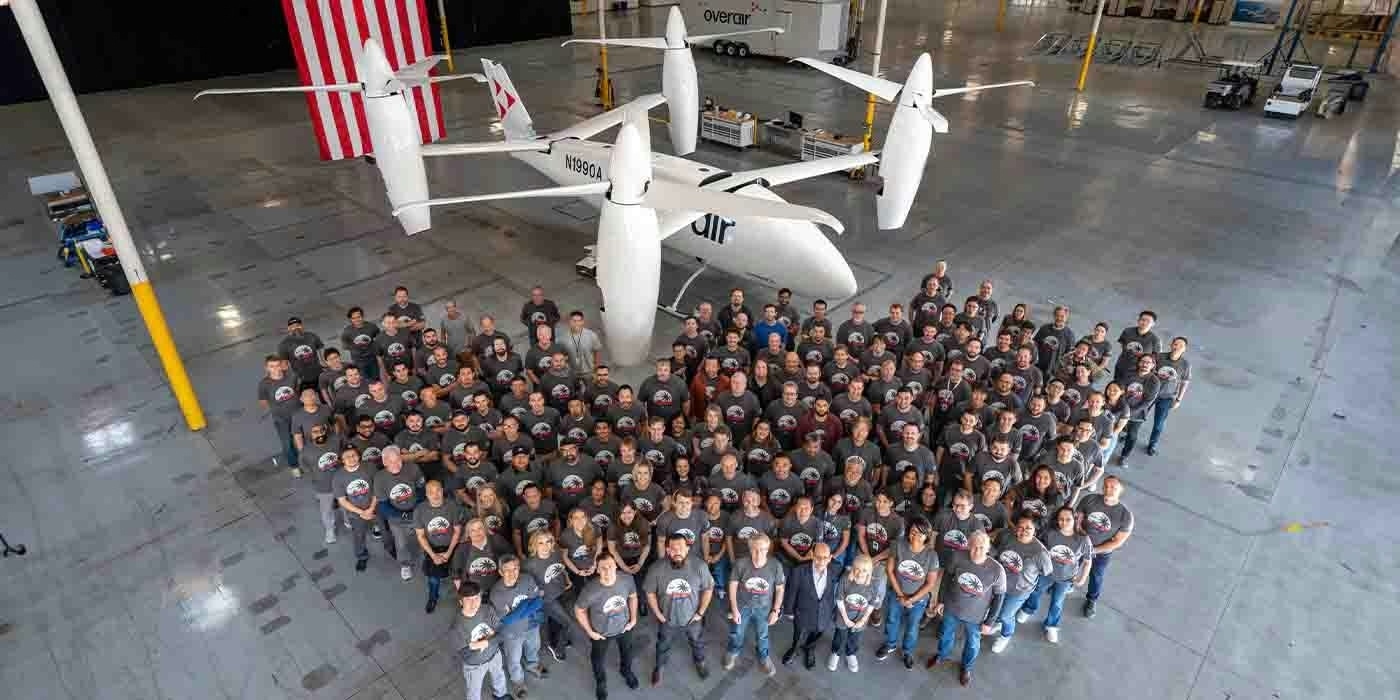
Unique mixed-propulsion eVTOL completes transition flight testing
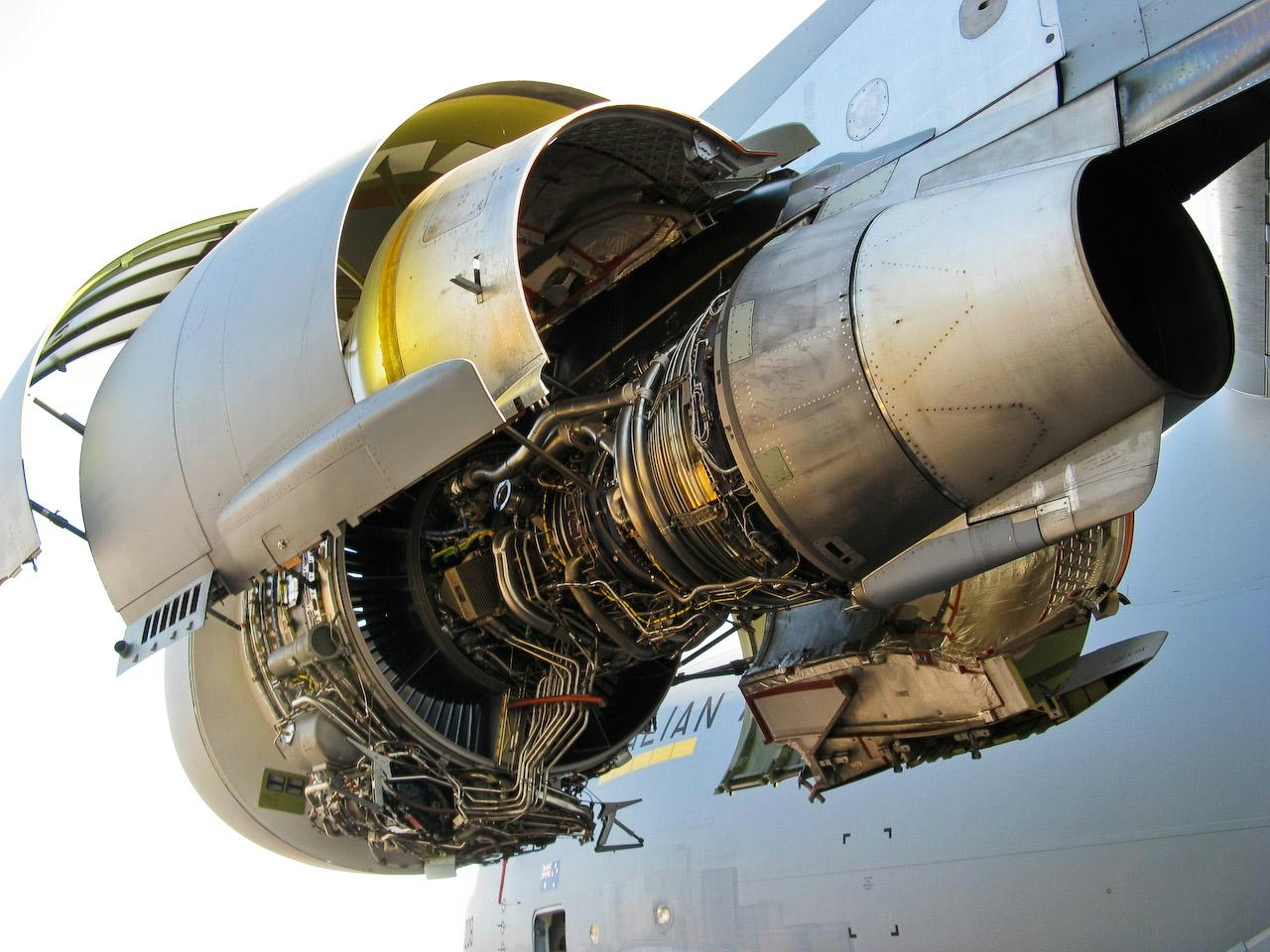
Are C-17 Globemaster Engines Derived from Boeing 757?

Why the Airbus A350’s Cabin Is Quieter Than Other Aircraft

AI and AI Express Plan to Increase Capacity Amid IndiGo Flight Disruptions
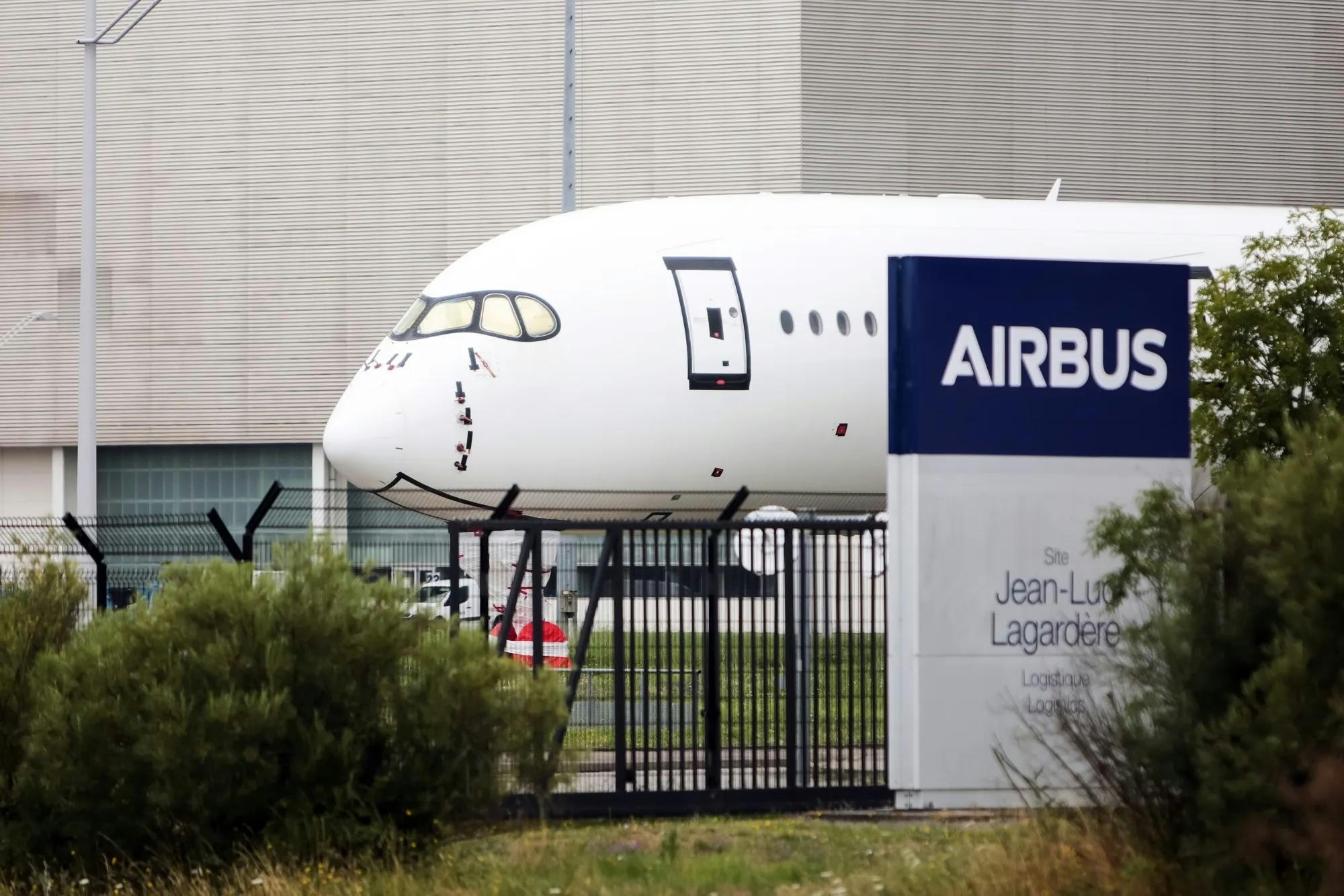
Kazakhstan and France Agree on Airbus Aircraft Deliveries
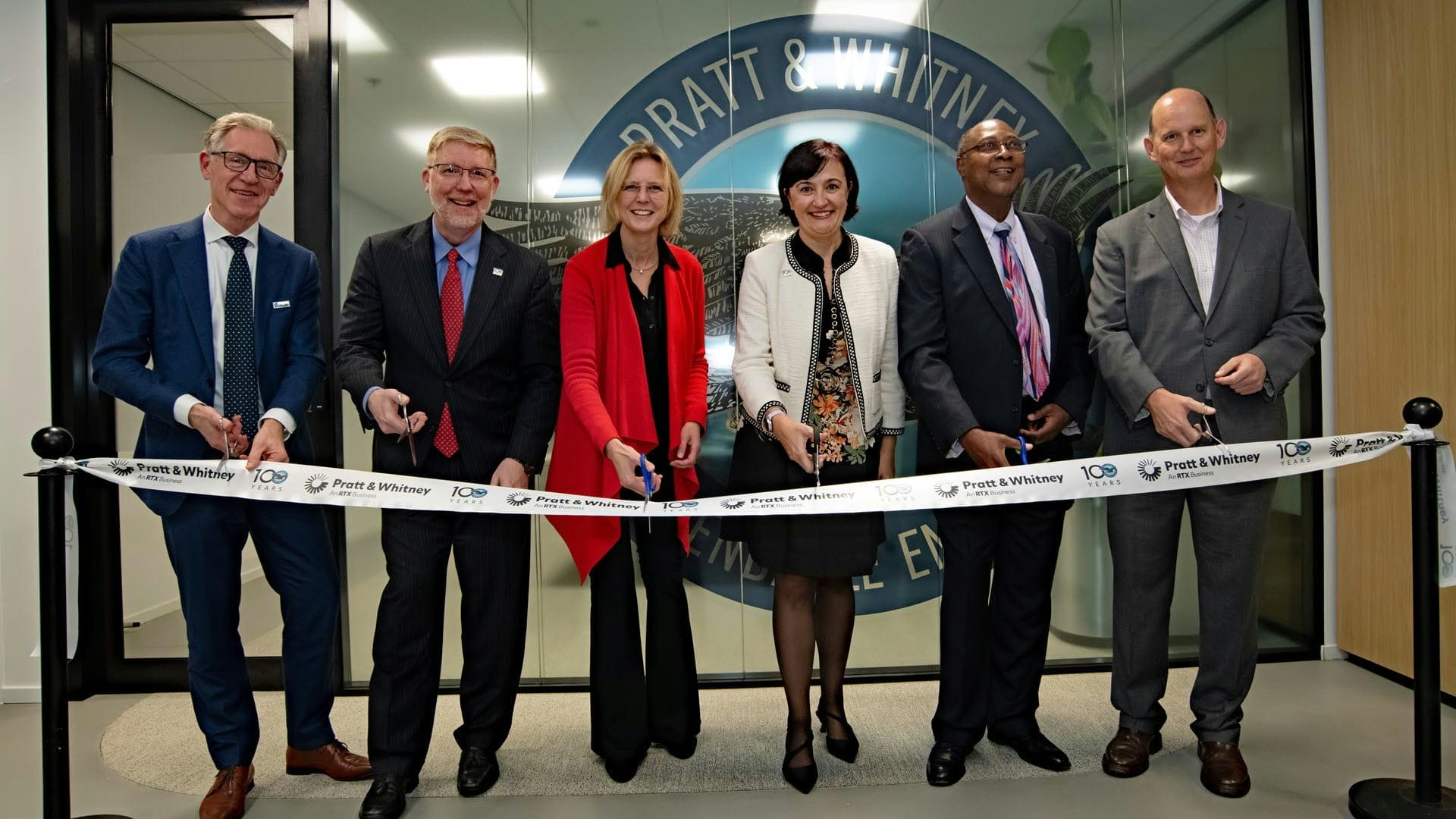
Europe’s Emerging Talent Drives Aviation Innovation
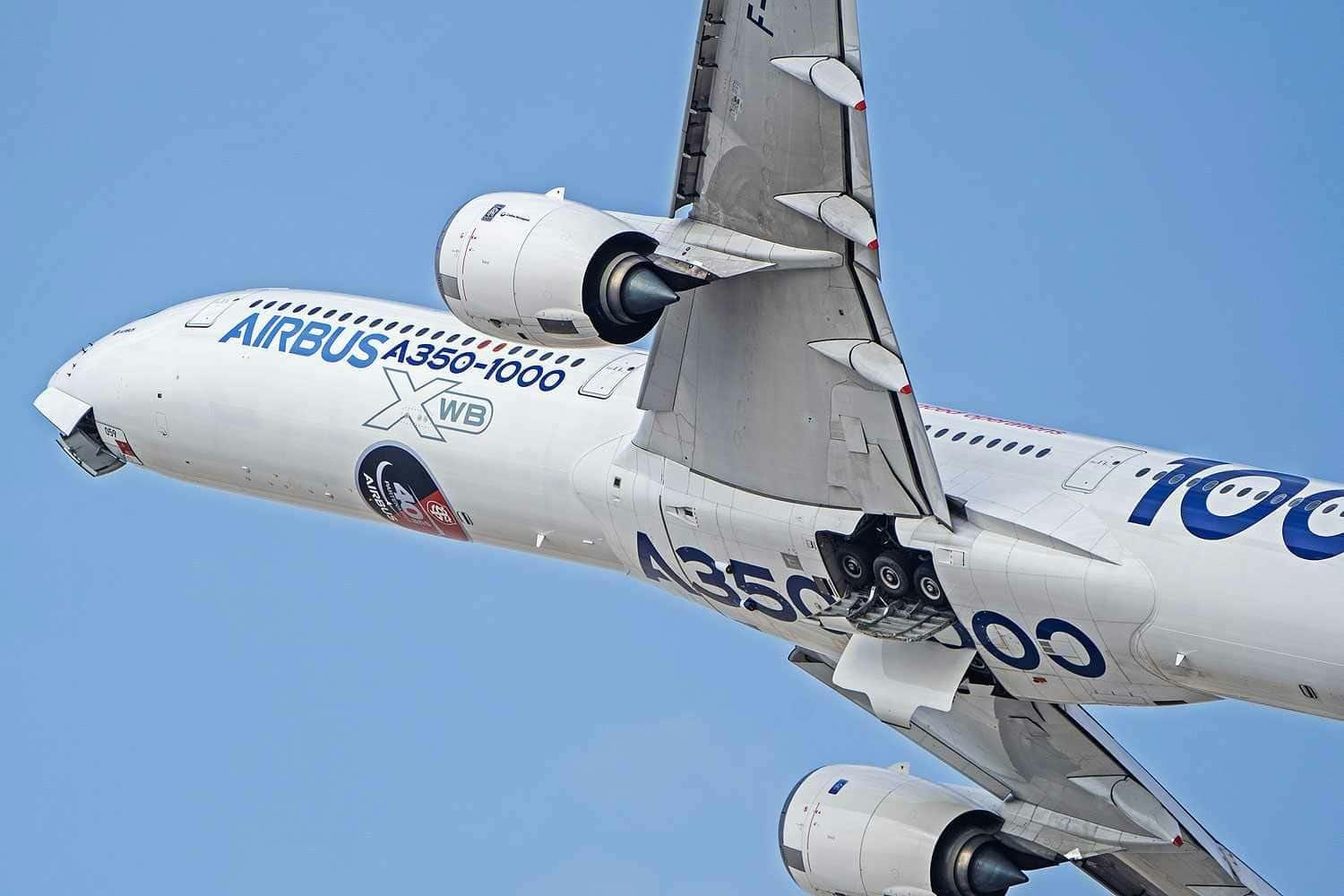
Airbus Receives New Order for A350-1000

The Leading Widebody Aircraft in Service Today
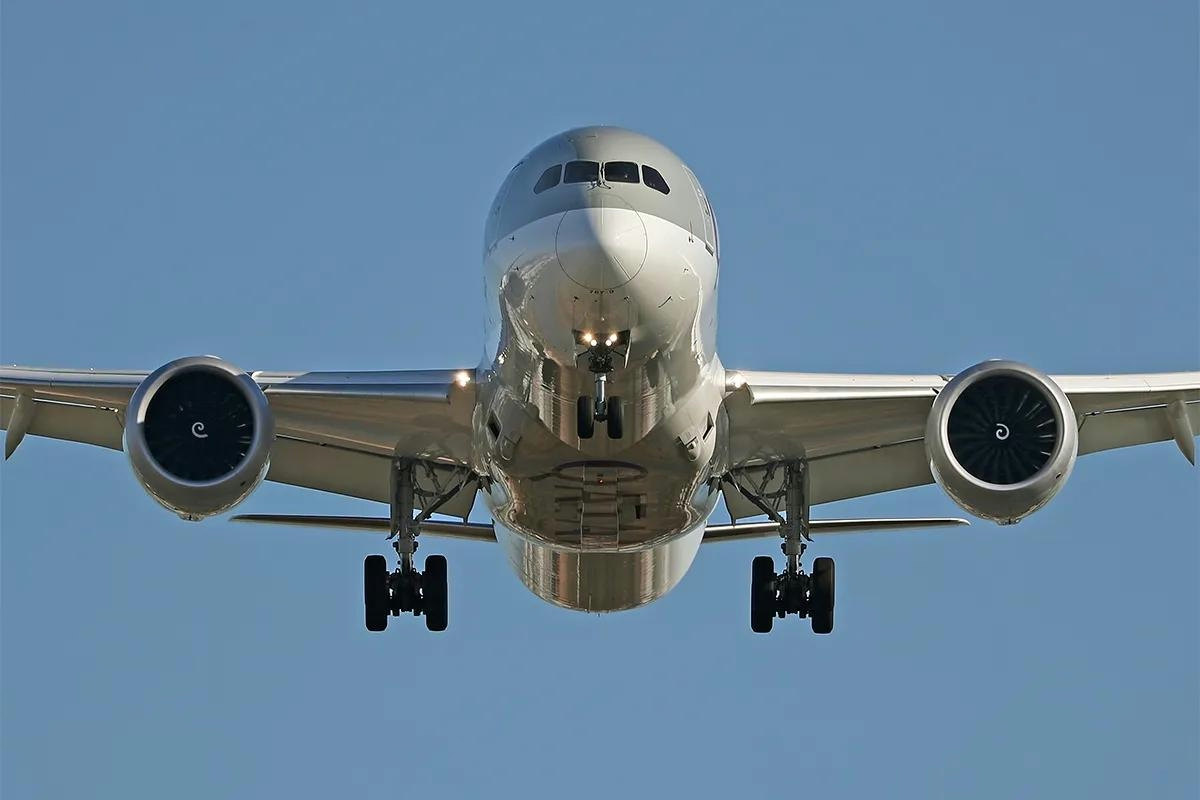
The Fastest Boeing Jet Currently in Service
